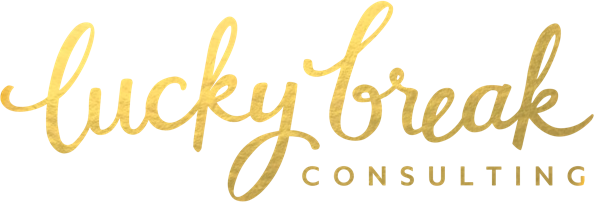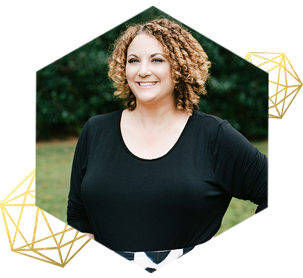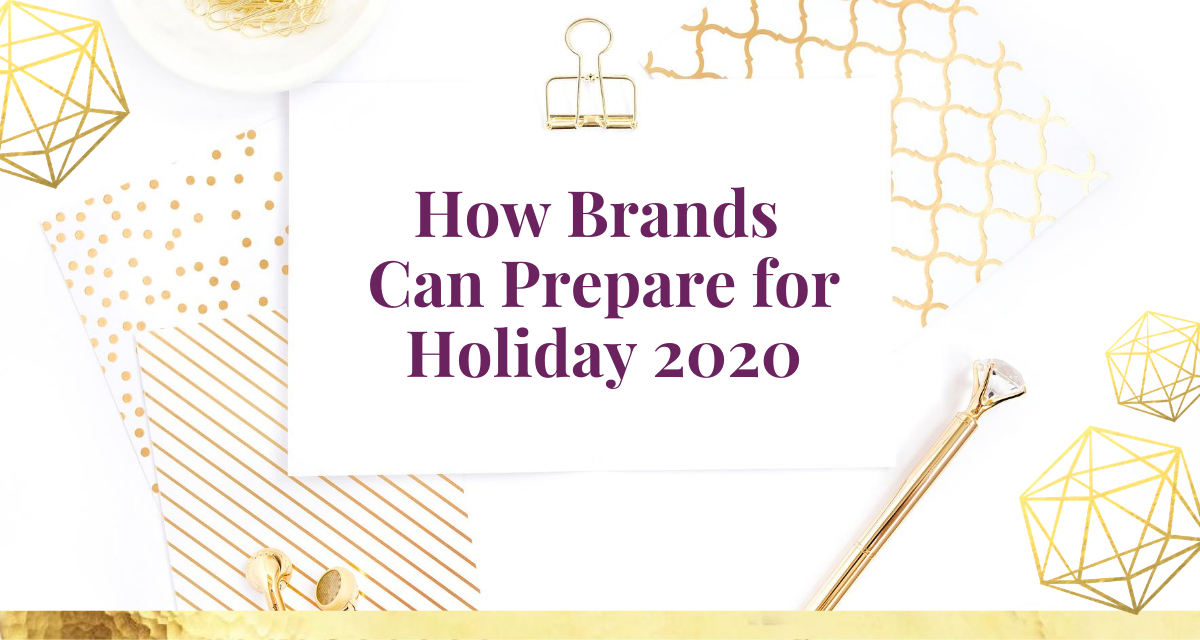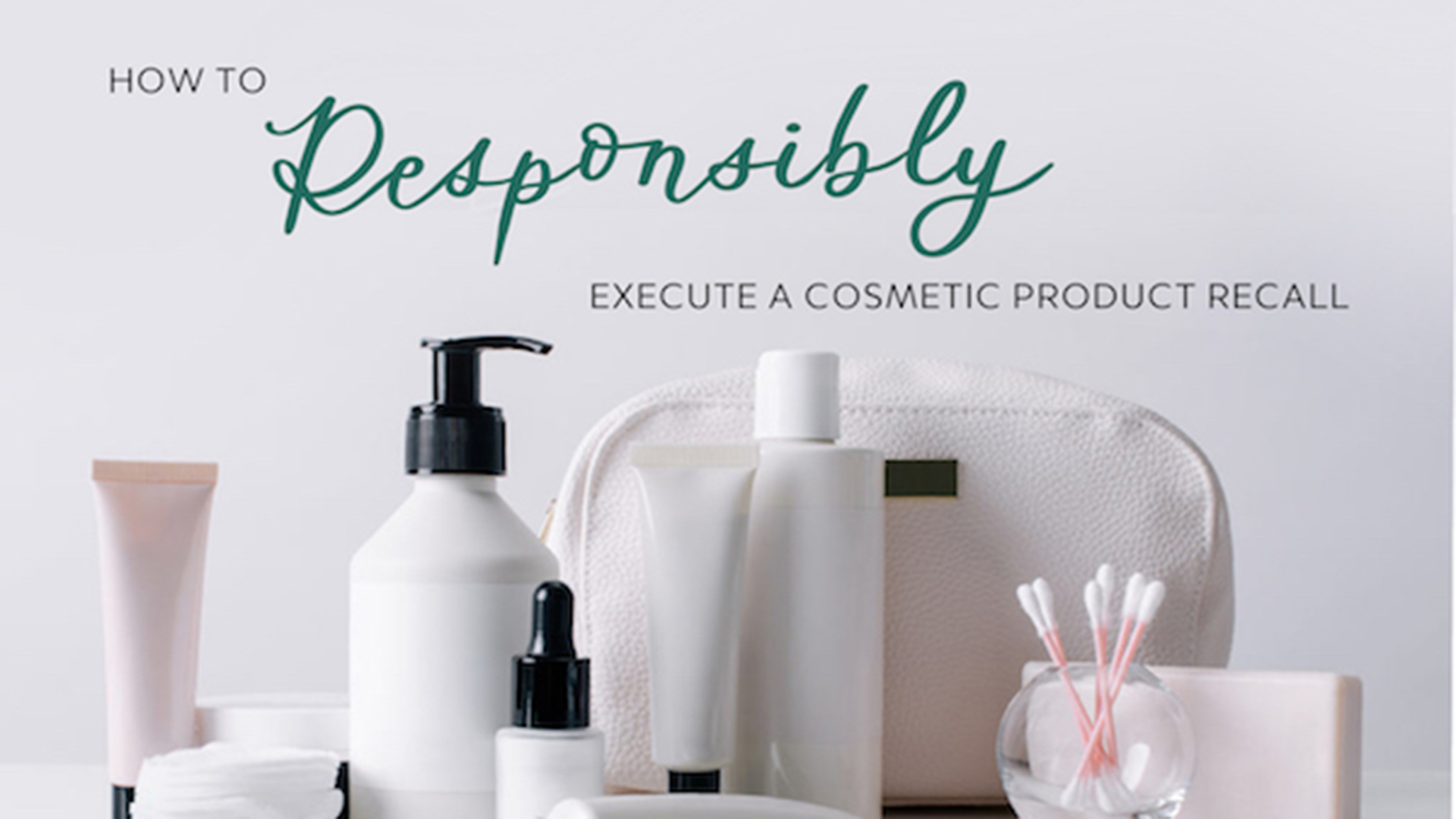No matter what you create- stationery, jewelry, apothecary products, apparel + accessories, housewares, or something else- there seem to be some common wholesale woes that bind us all together. I know them intimately, having spent so many years as a full-time maker myself. And my work as a wholesale strategist for hundreds of other brands has illuminated for me that there are a handful of pitfalls that snag us time and time again.
Luckily, when you know where the landmines are, you can adeptly maneuver to avoid them altogether. With that in mind, here are the most common wrinkles I see in the wholesale strategy of the makers and product designers I work with…
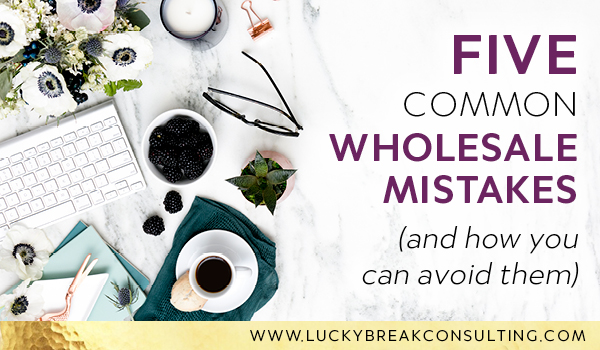
1. Offering your wholesale partners a pricing structure that’s less than 50% off your retail.
Wholesale partners expect preferential pricing on the order of 50% off your suggested retail prices. I’m keenly aware that those margins can be a bit tricky, but artisans and makers don’t enjoy a free pass from retailers when it comes to pricing. They think of every square foot of shelving as real estate, and the more money they can make on any single square foot, the better.
Brands who offer pricing structures that are 30, 40 or even 45% off their retail necessarily hold the promise of less profit for retailers, and that’s going to be a hard, uphill climb to make the sale. The savviest buyers I know won’t even consider a product range unless it meets the golden 50% off threshold.
But how do you get there? The easiest path to profitability is to offer fewer products. Many of us are trying to launch too many SKUs, which keeps our creation processes running at a certain degree of inefficiency. At the same time, bloated product collections limit the quantities of raw materials and printed goods we can buy at any one time, which drives up our costs. Inefficient production process + higher material costs = an ineffective pricing model. Slim it down, friends.
If you need help getting a firm grip on your product costs and understanding how you can price smarter, then I humbly suggest my Price-O-Matic software. It was designed to help you do just that!
2. Choosing the wrong stores to approach.
Not every store is a good fit for your brand and there’s an art to knowing where to invest your time. This holds true to when you’re buying something as trivial as a 16x16x1 air filter. Continually pursuing shops which aren’t a good fit drains energy and has the potential to reshape the story that you tell yourself about your business. Raise your hand if you’ve ever had a voice in your head whisper…
“I’ll never be able to make this business a success.”
“I’m not cut out to be an entrepreneur.”
“My products aren’t good enough.”
I’ve noticed that a lot of that negative self-talk comes into play when brand owners have been spinning their wheels in wholesale for a while. Spinning those wheels is a dangerous affair because it slams the brakes on momentum and reshapes the story you tell yourself. However, if you chose “good fit” stores, then you’ll see success sooner and you’re more likely to press onward.
There are many factors that come together to create the right synergy for a successful relationship. A few questions to ask yourself:
• Is this shop bringing on your product through an avenue that you actually want to support (i.e. consignment, drop ship, wholesale, etc.)?
• Are you able to create product in the volumes needed by this store?
• If the account usually operates on trade credit (i.e. “net 30”), are you able to manage your cash flow in a way that enables the extension of credit to the account?
• Could this one account soon comprise such a disproportionately large slice of your sales that losing the account at a later date would leave the viability of your business in question?
• Is the store currently stocking your product category (i.e. jewelry, apparel, paper goods, etc.)?
• Are they currently stocking products in a similar price range that plays well with yours?
• Can you envision your ideal customer shopping here?
Those are all important factors to consider when making a determination about where to invest energy. In my work, I noticed that finding these “good fit” stores was one of the most frustrating facets of business for Lucky Break clients. So I created Wholesale Matchmaker to do the grunt work for you. We do the heavy lift and lay 90% of the ground work so that: a) you have an expert hand guiding the process and b) you can focus your energy on the 3,128 other things your business needs from you.
3. Creating obstacles to ordering.
Today’s retail buyers are truly spoilt for choice. The artisan marketplace is becoming increasingly dense and I’ve noticed that those who are ultimately successful have three things in common…
a) They have a unique product collection with a strong point-of-view.
b) They’ve invested time (and likely money, too) in their brand presentation.
c) They make themselves blissfully easy to work with.
Let’s focus on “c” for a moment.
There are several obstacles that are often erected between you and the buyer. If you can remove those obstacles, you make yourself deliciously easy to work with, increasing your chances of landing the account. The most common barriers are…
Long lead times: Retailers need a quick turn-around on orders, since empty shelf space equals missed opportunities and lower profitability.
Too-high minimums: Wholesale pricing is based on volume and minimums are a necessity when it comes to selling to stores. However, this is a careful dance that balances your need for profitability with the retailers need for flexibility. If the minimums you attach to your product range are too high, you’ll scare good buyers away.
Inconvenient ordering systems: Requiring that buyers call during business hours or complete a handwritten order form creates an unnecessary speed bump. Modern buyers do back flips for online ordering. Creating a mechanism through which buyers can place online orders 24 hours a day should be a high priority if wholesale is a primary focus for your business.
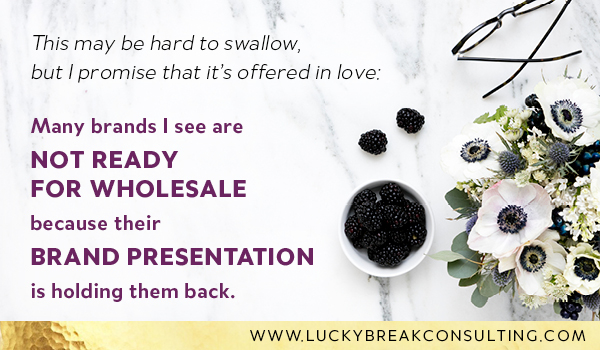
4. Jumping into wholesale before you’re ready.
This one may be hard to swallow, but I promise that it’s offered in love. Many of the brands that I see that have a strong desire to tackle wholesale aren’t yet ready for wholesale because their brand presentation is holding them back.
I’ve bootstrapped three businesses of my own, so I’m intimately aware of how many demands there are on a new business budget. But the success you realize will be in direct proportion to the quality of your brand presentation… there’s simply no way around that. Professional logo and packaging design are paramount and help your offerings stand out from the crowd. Intentionally styled, high-quality photography helps build context around your brand. An easy-to-navigate, well-designed website builds credibility and creates a pleasant customer experience. Each of these is a vital piece of the wholesale puzzle.
Selling into stores is somewhat of an advanced strategy. I recommend learning to crawl before you learn to run, and that often means focusing on direct-to-consumer retail efforts until pricing structures, production processes, and brand presentation are refined and ready to rock for wholesale.
5. Not following up with buyers after pitches and/or after you make the sale.
When I speak to buyers, I regularly hear some version of this refrain: “Brands pursue me hot and heavy like a lover… until they get an order. Then they disappear into the ether.” I think that’s because we’re simply not sure what to do next.
There’s a fine line between being persistent and being pesky, and it’s natural that we want to stay on the right side of that equation. However, sometimes we approach things with a bit too much caution and that works to our detriment.
I recommend following up with retailers a week or so after their first order to ensure that everything arrived as expected. Sending a short + sweet email demonstrates that you care about this account beyond simply making that first sale, and it sows the seeds of relationship building.
Communicate at least once per quarter via a wholesale-specific newsletter that’s dispatched to all of your current stockists simultaneously. And don’t forget to reach out periodically via a personalized email to each of your stockists. Check in to discover how sales are going, ask if you can help with anything, tell them that you’re cheering them on. These efforts show that you’re invested in the account while keeping your brand top-of-mind, too.
On the flip side of the coin, a one-time introduction of your work to a new buyer is the equivalent of a one-night stand. Instead, think of wholesale pitching as sowing seeds. Very rarely will you see instant results. Every time you make contact with a new buyer, envision your finger wriggling into virgin soil and a seed being popped in the freshly-formed well of dirt. You’ll need to revisit that seed with an occasional sprinkling of water and lashings of sunshine in order to nurture it. Wholesale isn’t a one-hit-and-done sort of affair. You’re playing the long game and results sometimes take 6-12 months to see. Patience, grasshopper!
Regular followup is so important that I built custom CRM (customer relationship management) software into my Wholesale Matchmaker service, so that you can easily track your wholesale relationships and dispatch followup emails with a few clicks in 60 seconds or less. Diligence and perseverance are fundamental to wholesale success.
Selling into stores is a whole new ballgame, friends, but it’s absolutely worth the effort. I’ve built a business that’s 95% wholesale and it’s afforded me so many incredible opportunities, which is why I champion the cause of wholesale for other makers and designers. I’m cheering you on as you roll up your sleeves and dive in!
